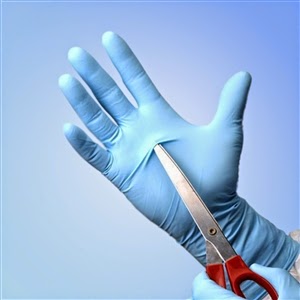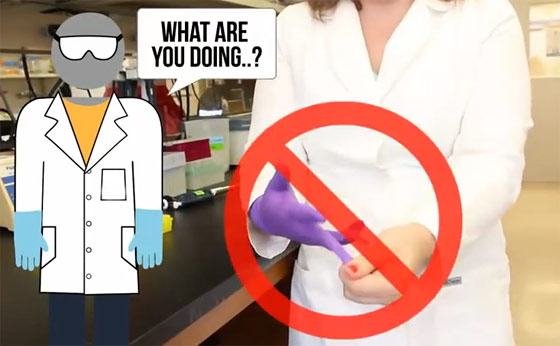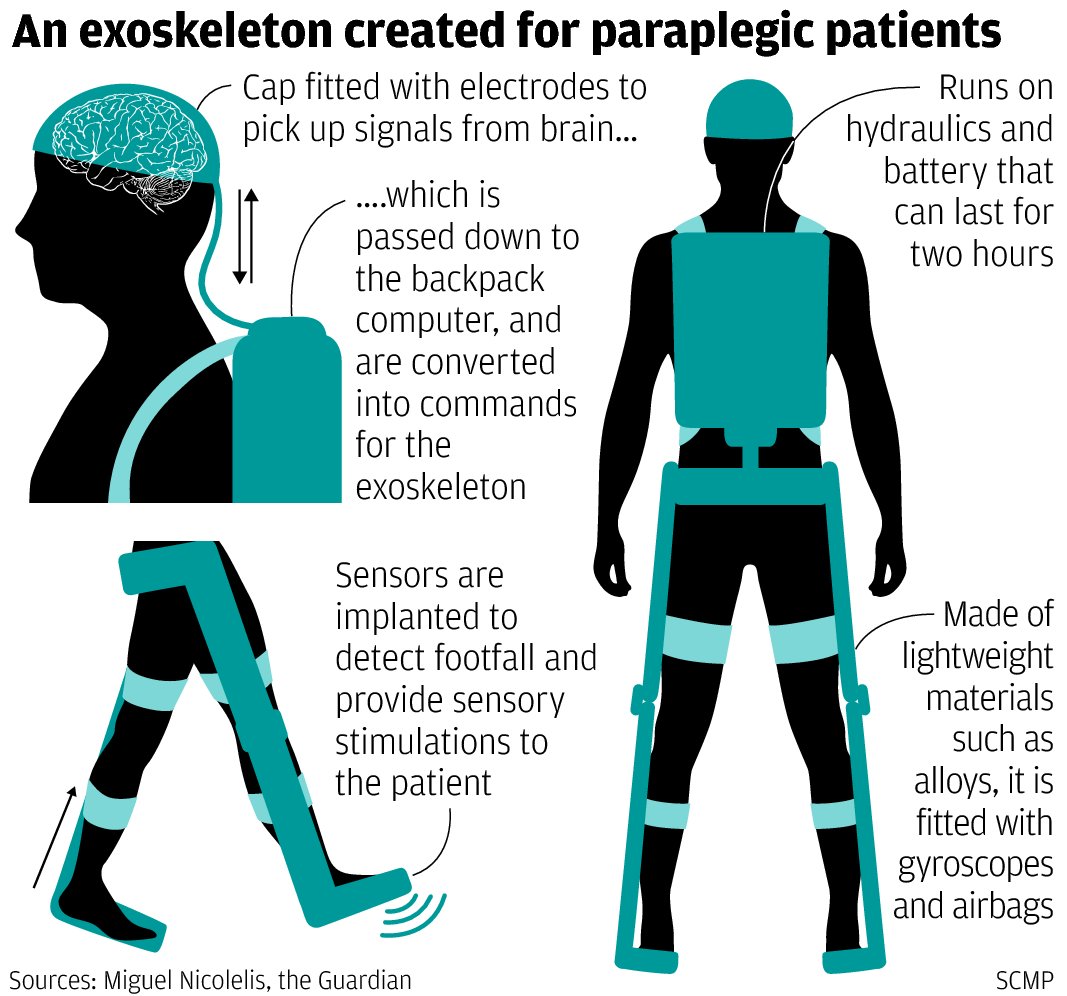I thought I might have a go at giving an insight as to the horrific and terrifying conditions that all Australians contend with from the cradle to the grave. First up, we need to discuss some myths:
Drop Bears only ever attack tourists who
are not anointed with sufficient Vegemite. The
Australian Hoop Snake is NOT larger than its North American cousin, but it is purported to be more deadly. Australia is home to a variety of dangerous creatures, and conditions, and yet, even though its a matter of pop-culture, and they are even
fictionalized in Pratchett's "XXXX", what are the facts behind it all?

However, Australia really DOES play host to a number of very dangerous plants and animals, as well as some rather extreme weather. The animals are nicely summarized by the
Scared Weird Little Guys
Depending on what survey you look at, from the
Top 30 Deadliest Australian Animals which runs from Box Jellyfish through to Giant Centipede (with the regular honey bee being #2, incidentally). Or take the more condensed listed but still exaggerated
Top 10 Most Dangerous Animals list. There are some pretty scary animals on those lists right?
Who wouldn't be freaked out by the 7m long Saltwater Crocodile, Funnelweb Spider or the Inland Taipan? Well, as it turns out, including dumb-assed tourists and drunk local lads who ignore signs, the very scary flora of this Great Southern Land
kill about 5 people a year, plus or minus.
We have a significant bushfire risk, usually at the tail end of the summer time, and I've
covered these before, and sometimes we even get heatwaves that set
new records for both duration and intensity.

In fact, while 173 people died in the
2009 Black Saturday fires, ,
374 people died from heat stress around that time. The CFA upgraded their alert signs (many of which are now remotely controlled)which now go up to beyond EXTREME. Catastrophic is the new rating. It's rare to these signs below High, which tells you something about how we deal with these concerns. By not being concerned.
The same goes with the
dangerous animals (and occasional plants) we have here. We're generally unconcerned.

I gave all of these facts and fictions some more thought, and hit up the
Australian Bureau of Statistics 2012 Causes of Death, Australia records and did some analysis myself. Note: some of the numbers in the charts don;t add up, as there were some categories I didn't include because they were fiddly tiny numbers.
In 2012, there were 147,098 reported deaths. of these 93.7% were disease related. Of all those disease related deaths, only 1.7% accounted for ALL infectious diseases. Cholera, plague, HIV, TB, necrotising fasciitis, all the 'Flu strains, all of them. I'll
just leave this here...
The scary thing there is the other 98.3% of disease deaths; cancers, heart and circulatory system, gastrointestinal and all the other things that can go wrong with our bodies accounted for the overwhelming VAST majority of deaths in Australia in 2012.

Of all the deaths, that were NOT disease related, the "External Causes" that 6.3% of deaths in Australia, some 9275 or so people, I wanted to look into what caused that.

Suicide or other forms of "intentional self-harm" accounted for around a quarter, with our road-toll being around 15%. Both of these things are rather awful, and in my mind, preventable in some capacity, agencies like the
TAC and the various s
uicide prevention agencies that exist, do great work. I don't have any firm stats on Australian Veterans suicide rates, but its
reported as triple those lost in combat in Afghanistan.
I didn't look any deeper into the medical complications stats, but any surgery or intervention is risky. The nearly 50% "accidents" category was interesting. Falls, account for nearly half of these, with "poisoning" and various exposures for the majority of others. Thankfully,
our "home is girt by sea" water awareness keeps drownings at low levels, interestingly as of 30 June 2001 more than
8 in 10 Australians (85%) lived within 50 km (30Mi) of the coastline of Australia.

What is really interesting is that "Forces of Nature" (which I presume is floods, storms, rock-falls and the like), account for 34 deaths and venomous animals (and plants) only account for 5. In 2012 there were 12 people killed by land-animals that were not dogs or rats (moooooooo!!!) and 2 by marine animals (think sharks). These fell under "animate mechanical forces" along with combine harvesters and
hydraulic presses.
Hardly the Island of Death that people make Australia out to be, if you look at the numbers ....
Then there is the
Most Dangerous Animal. Assaults in Australia in 2012 accounted for 273 deaths. 40 to firearms, which
are heavily restricted, 97 to sharp objects the likes of which you'd find in any kitchen, workshop or woodheap, and 24 from blunt objects (like the chair you're likely sitting on). You can do the math. Humans are about 20 times more likely to kill you than all other animals on (or swimming around) the continent.

So, when you're planning your next trip, before you cross Australia off your list for being to damn scary, over-run by killer giant spiders, sharks and Mad Max castaways,
consider the true killers ...
 Here is another new addition to my collection that comes out of my need to replace items lost when my car was broken into.
Here is another new addition to my collection that comes out of my need to replace items lost when my car was broken into. I really like this kind of tool. I go to events where fixed blade knives are restricted, but having a blade that can be used to get myself, or others out of trouble without being a big bad pig-sticker.
I really like this kind of tool. I go to events where fixed blade knives are restricted, but having a blade that can be used to get myself, or others out of trouble without being a big bad pig-sticker.  It held secure to both my chest and on my hip for a weekends camping adventure recently, but was simple enough to shift in the field, even on the go without all the fiddling needed with the MALICE clips.
It cuts like a treat, going through seat belt webbing, heavy strapping, 550 paracord and with a little more effort, thick cable-ties with single solid pulls.
It held secure to both my chest and on my hip for a weekends camping adventure recently, but was simple enough to shift in the field, even on the go without all the fiddling needed with the MALICE clips.
It cuts like a treat, going through seat belt webbing, heavy strapping, 550 paracord and with a little more effort, thick cable-ties with single solid pulls.










































